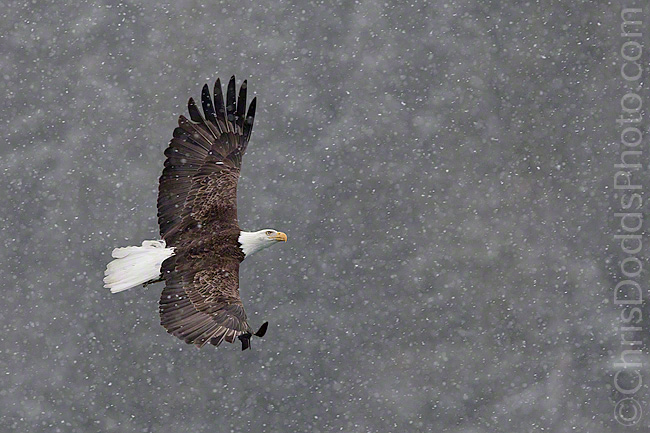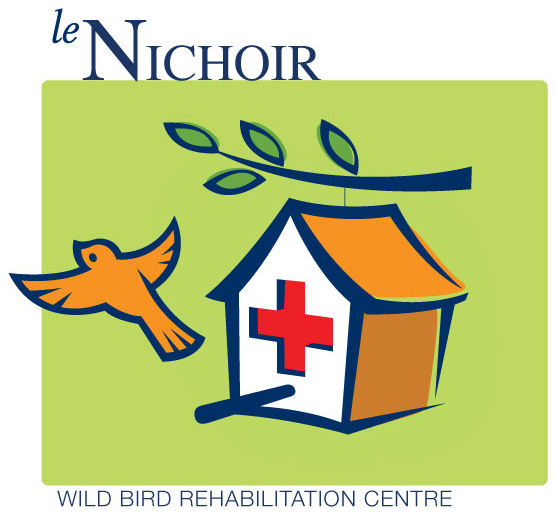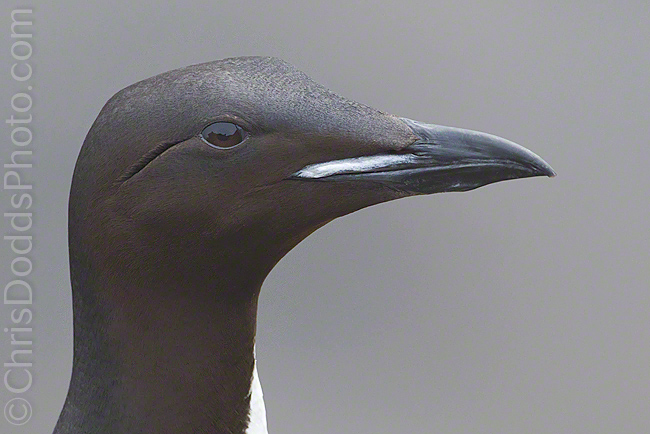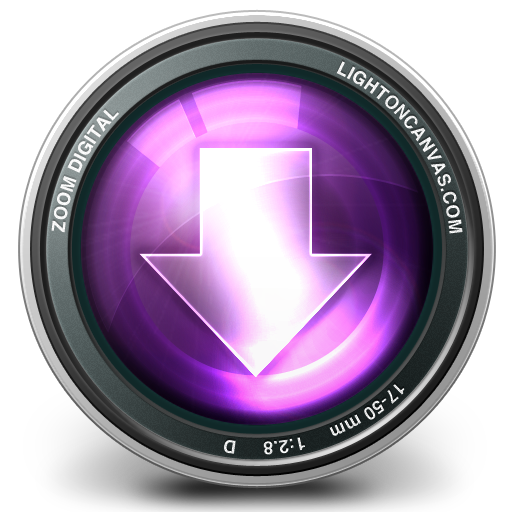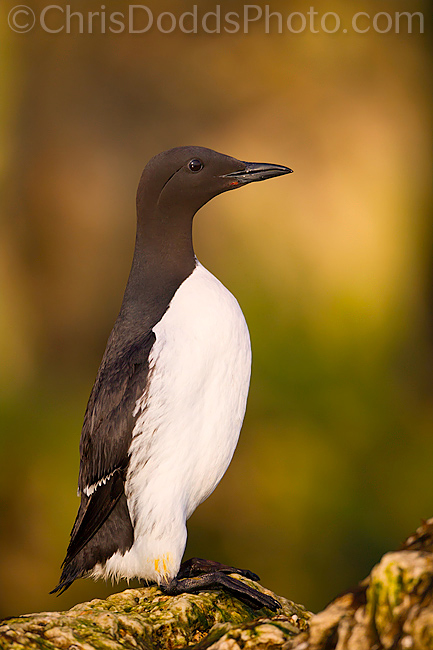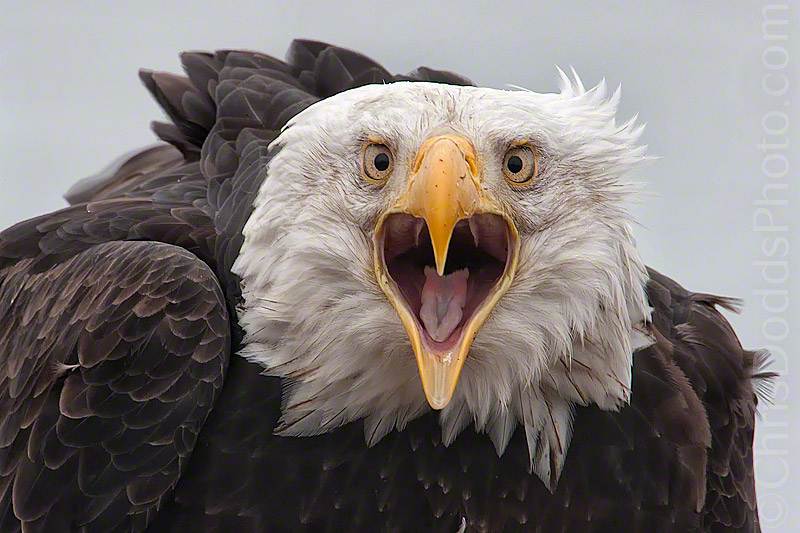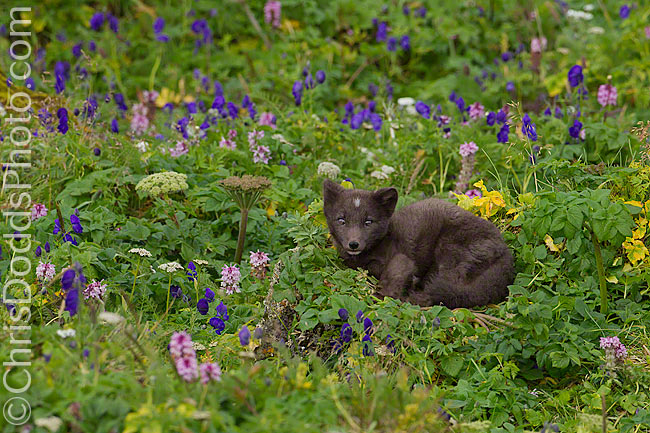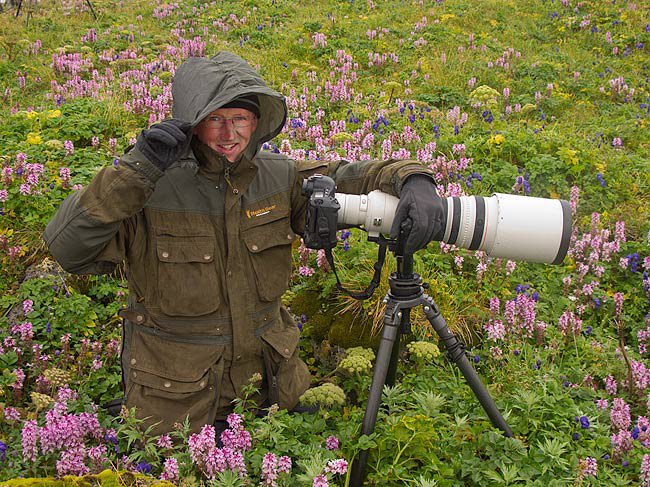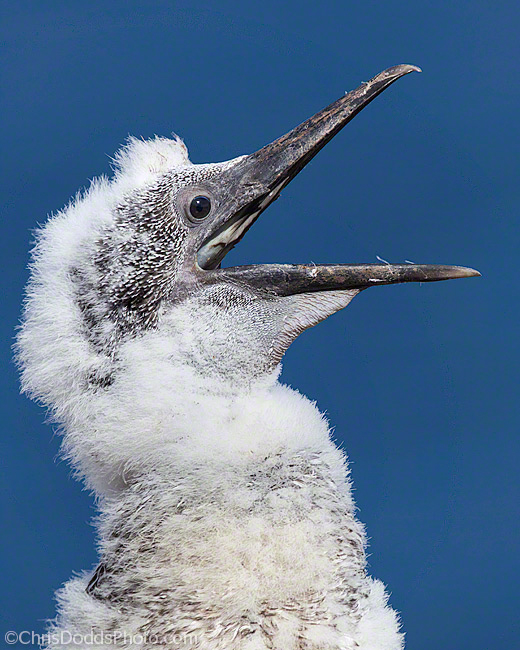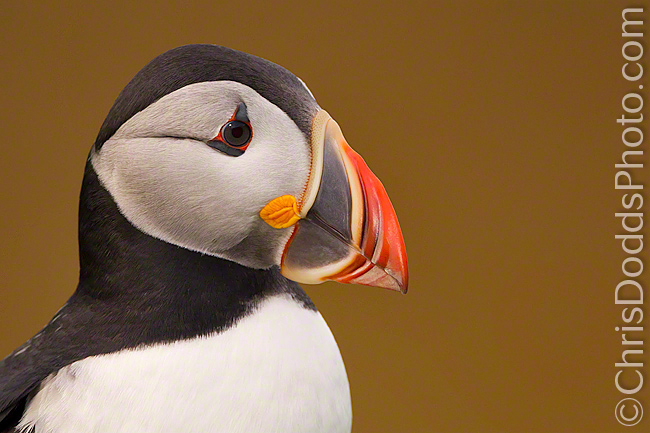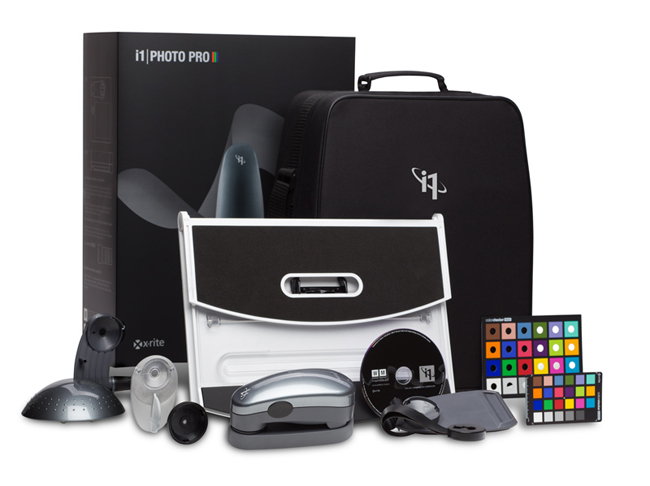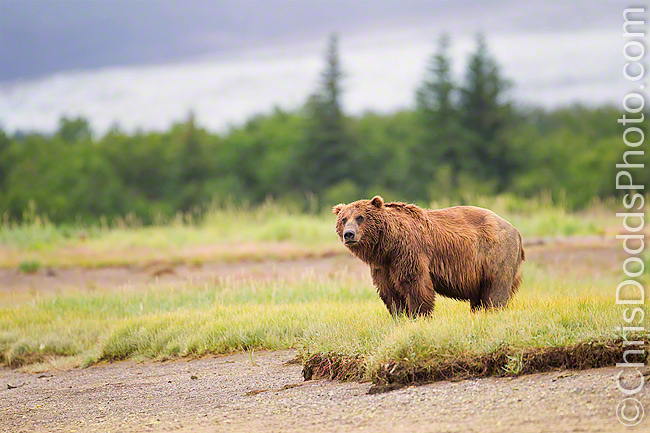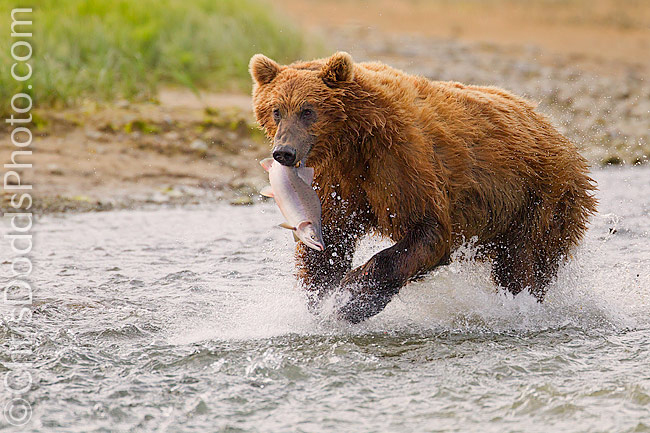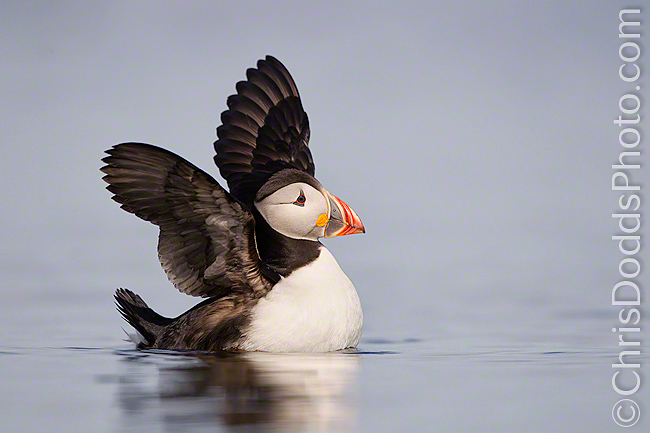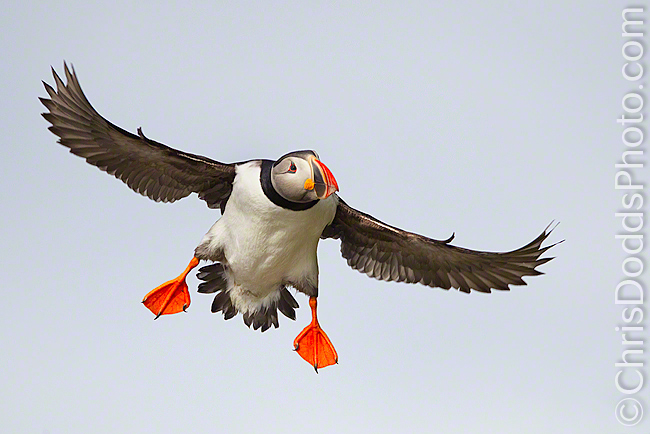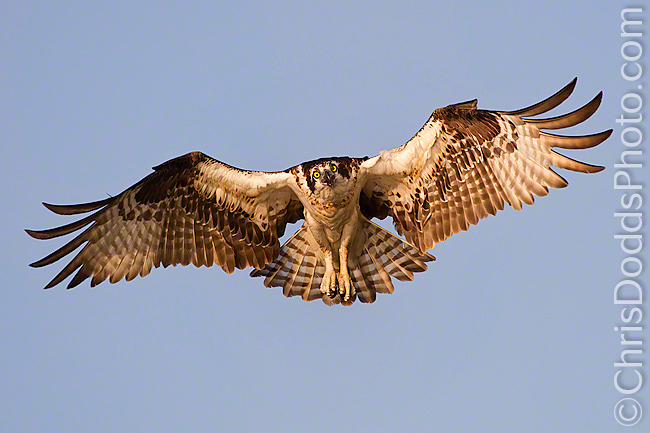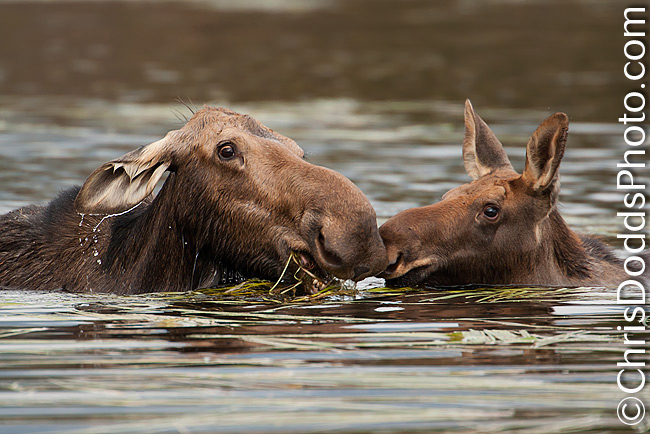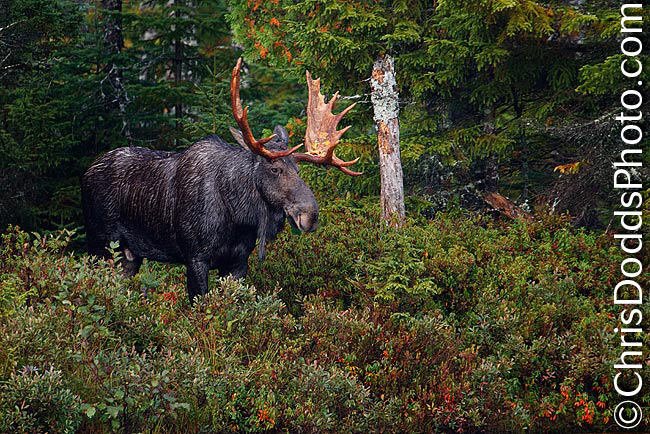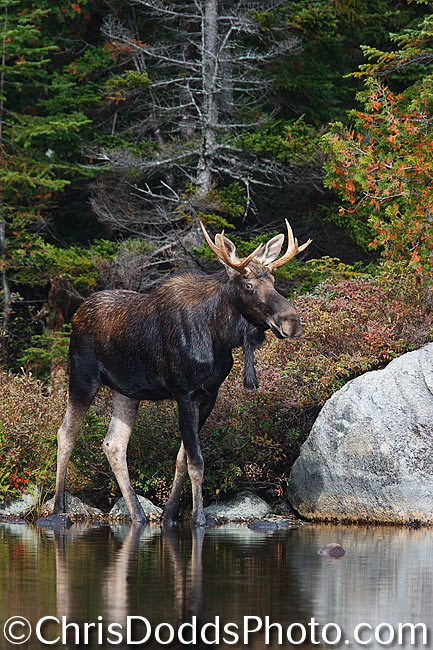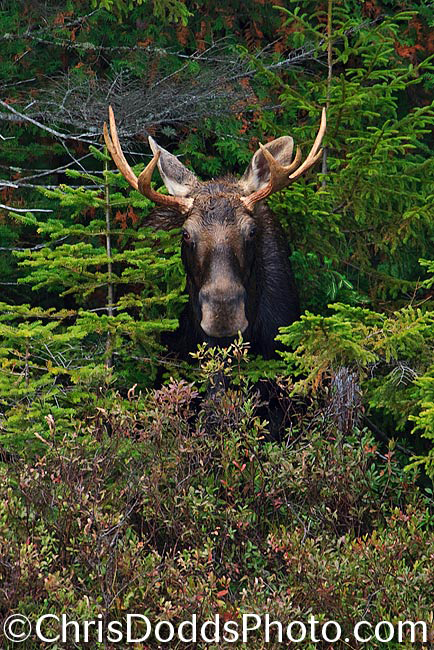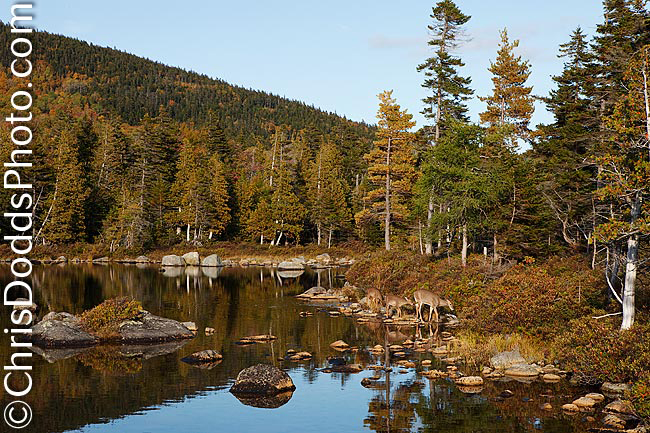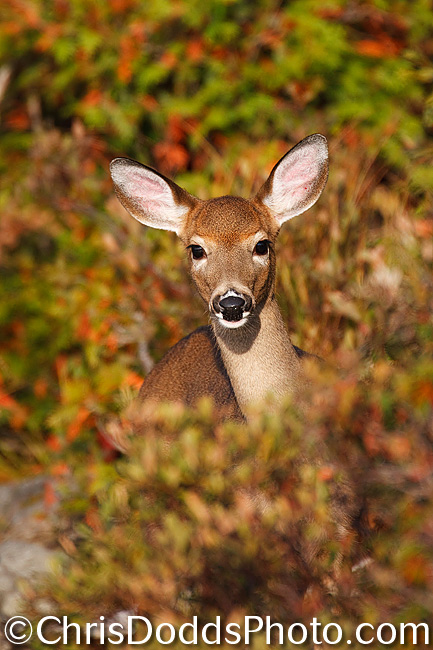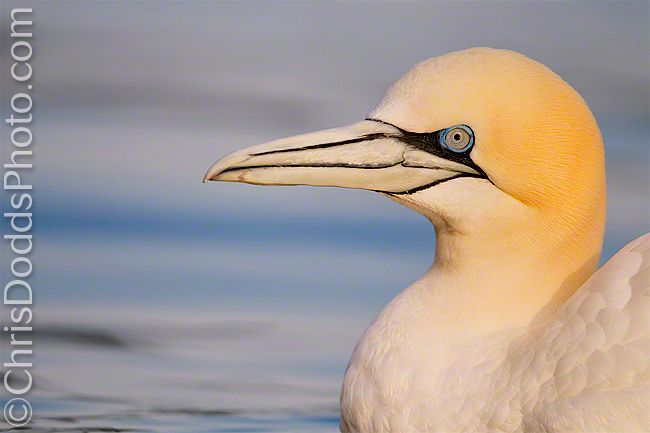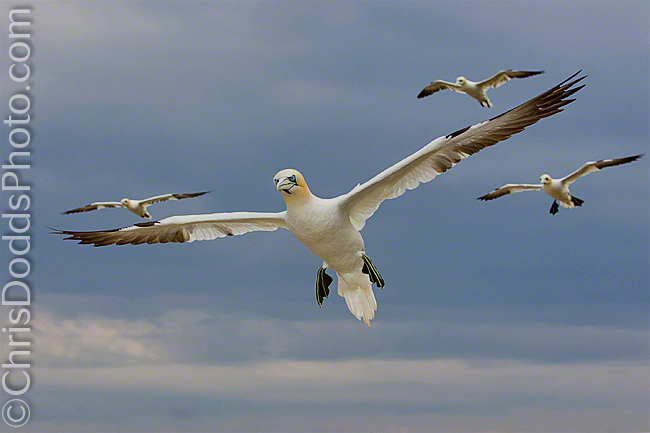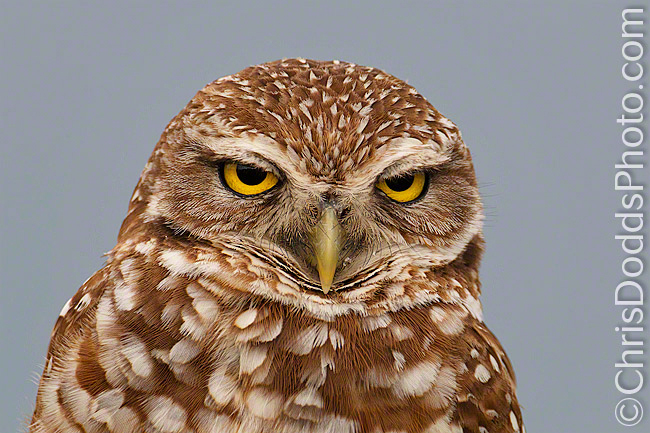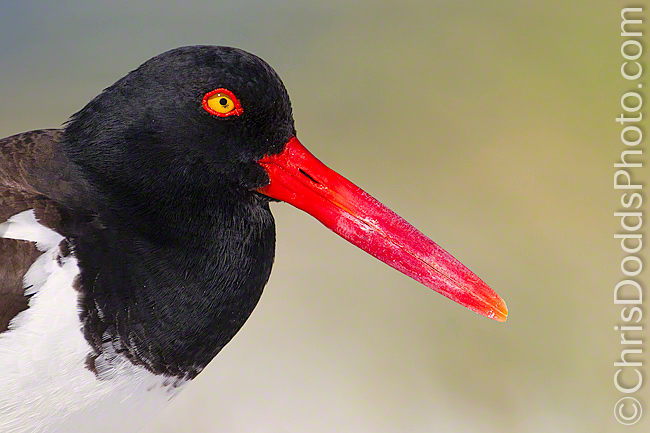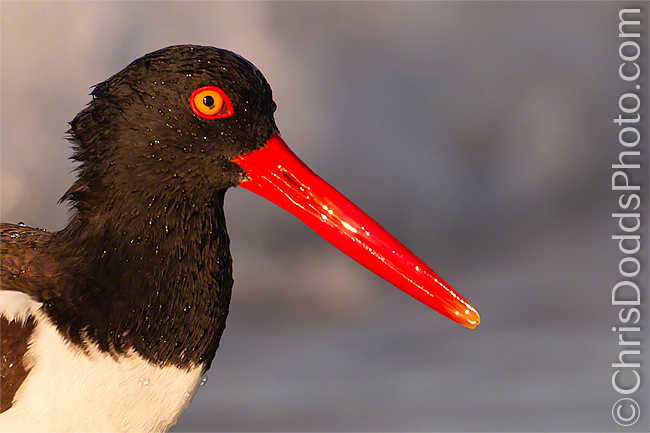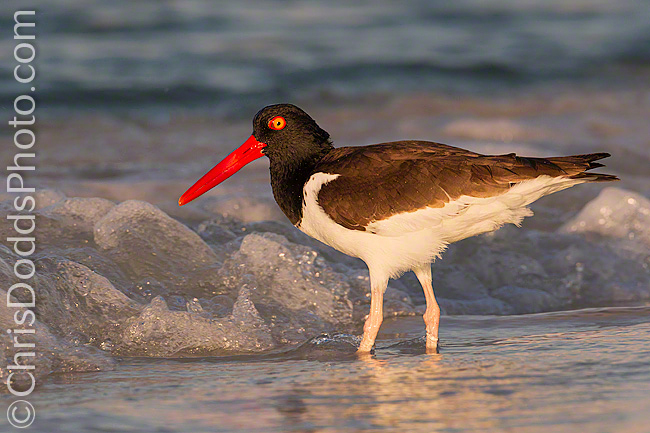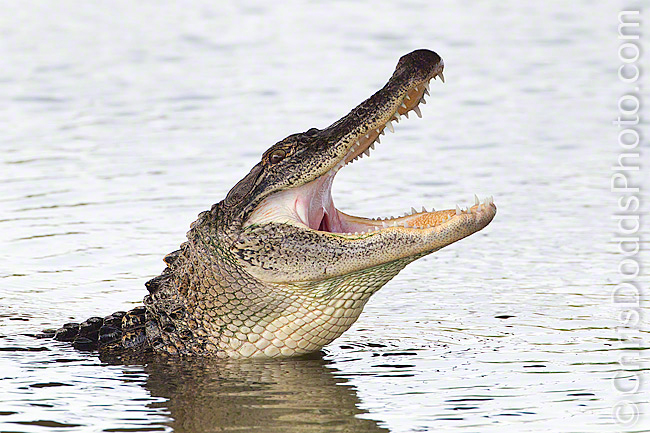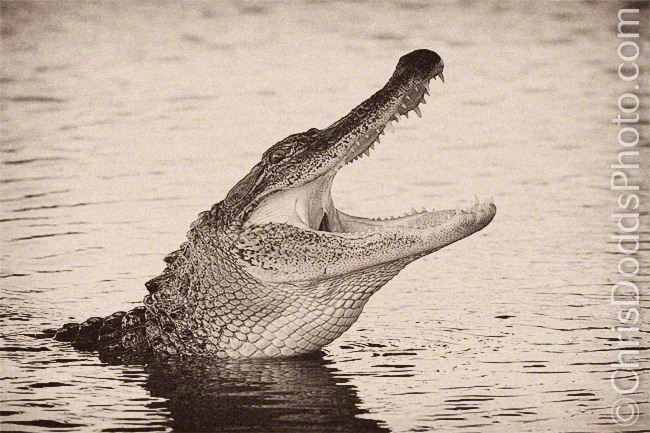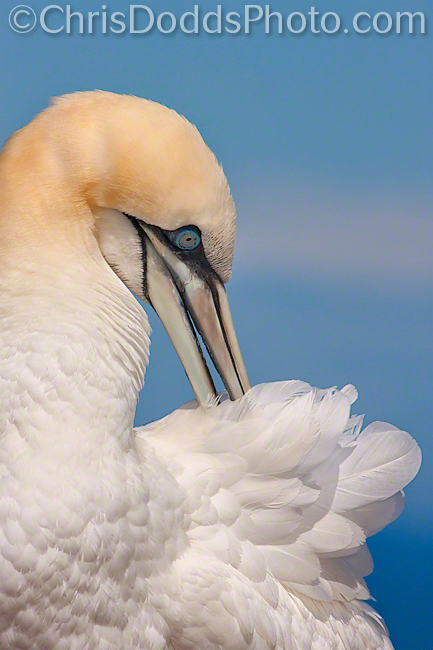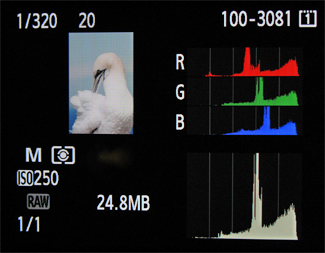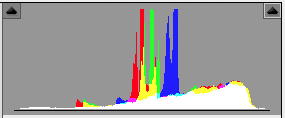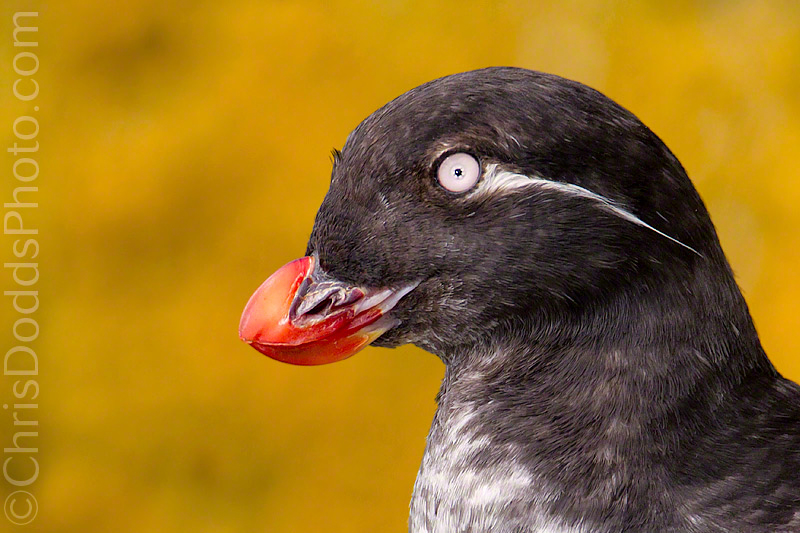 Parakeet Auklet Portrait (Fratercula cirrhata, Macareux huppé, TUPU) Saint Paul Island, The Pribilof Islands in the Bering Sea, Alaska. Image Copyright ©Christopher Dodds. Canon 1D MK IV, 500mm F4 L IS , 2X Teleconverter III & Canon Extension Tube EF 25 II, Tripod & Jobu Jr. 3. Full Frame. ISO 400 f/14 @ 1/200s Manual Mode. Fill flash Canon Speedlite 580EX II with Better Beamer @ -1&2/3. PURCHASE A PRINT or LICENSE IMAGE FOR PUBLICATION HERE.
Parakeet Auklet Portrait (Fratercula cirrhata, Macareux huppé, TUPU) Saint Paul Island, The Pribilof Islands in the Bering Sea, Alaska. Image Copyright ©Christopher Dodds. Canon 1D MK IV, 500mm F4 L IS , 2X Teleconverter III & Canon Extension Tube EF 25 II, Tripod & Jobu Jr. 3. Full Frame. ISO 400 f/14 @ 1/200s Manual Mode. Fill flash Canon Speedlite 580EX II with Better Beamer @ -1&2/3. PURCHASE A PRINT or LICENSE IMAGE FOR PUBLICATION HERE.
Better Bird Photography Portraits
Bird photographers are often guilty of spending all of their time photographing the action and drama of birds in flight, and often skip the investment of the time required to create great portraits. I sell far more static portraits than action, or "birds-in-flight" images. Don't get me wrong; Birds-in-flight are my favorite challenge, just remember to diversify your images by going for portraits as well. It can be quite rewarding to see and study the intricate details revealed in a good portrait - check-out the unique (and cool) bill of this Parakeet Auklet. Here's a few tips to help you out next time you are out and about with your camera.
- Try to get closer your subject without disturbing it. This one sounds easy, but wild birds are wild, take your time and avoid walking or crawling directly at your subject. Take your time and make regular stops to let your subject accept you.
- Use a long lens and extender to help you get close without disturbance, and to take advantage of the long focal length to help blur the background and isolate the subject. I often add an extension tube to get even closer.
- Try to choose an interesting background. Finding an interesting background will help you stand-out among the many. In this Parakeet Auklet portrait, I carefully chose the out of focus lichens as my background to set it apart from the typical blue sky of a clear day, or the white, or high-key, background of a cloudy day.
- Invest in the composition. Carefully compose your portrait so that it is visually pleasing. Try to avoid a boring compositions with centred subjects. Compose a full frame image in the camera - to get the most pixels on your subject and as a challenge to get better and make better image in the camera.
- Wait for the pose and head angle. All to often, I see portraits that resemble snap shots. This is often the result of poor head angle or a bad pose. I try to get the subject and it's head parallel to my sensor for most head shot type portraits, but do sometimes strive for the head-on look; the latter often in overcast conditions to avoid harsh shadows.
- Choose your light. On clear days, choose the golden hours of sunrise or sunset to get the soft warm tones without harsh shadows. Be sure to point your shadow directly at the bird when the sun rises and gets harsher, and be sure the near side of the face is illuminated and there is a catch-light in the eye. Bright, cloudy and overcast conditions are great for digital portraits; there's no shadows to worry about, and we can photograph all day long. Avoid flash when the light is golden, but do try to add a kiss of fill flash when its overcast.
- Be sure the image is sharp and properly exposed. Sounds easy enough, but try to remind yourself to use good long lens technique, a good tripod head and a sturdy tripod.
Second Annual Photo Geek Christmas Party
More prizes have arrived from these great sponsors! Jobu Designs (makers of my favorite Gimbal Head - the Jobu Jr. 3), FirstPass Image downloader & Editor, Think-Tank Photo, Cotton Carrier and DigiMarc for Images have all jumped on-board and offered tons of prizes to show their suppoort for my Second Annual Photo Geek Christmas Party. I expect other sponsors to make offerings and encourage contributions - email me if you would like to donate and promote your product chris(at)chrisdoddsphoto(dot)com
Join me, Canadian nature photographer Christopher Dodds, on November 30, 2011 at 7:30 PM at the Hudson Village Theatre (28 Wharf Road, Hudson, QC J0P 1H0) for an hour and a half long slideshow presentation to benefit this great cause which is so close to my heart. The show is designed to be entertaining and informative to all; nature lovers and photographers alike. Stories of adventure, natural history facts and information are all on the menu and this show is designed to offer helpful tips & techniques sure to improve your photography efforts with everything from a camera phone, point & shoot camera or professional SLR camera system. Over one hundred of my images will be projected, many unseen. Everyone is welcome!
Hurry! Only 148 seats. Tickets are only $15.00 each and are available for advance purchase only - every penny is collected by, and goes to Le Nichoir. Please call or email Le Nichoir (communication@lenichoir.org 450-458-2809) to secure your tickets, or make a donation if you can't make it (be sure to tell them it's on behalf of Chris' Photo Geek Christmas Party) Major credit cards and cheques accepted. Finger food and hors d'oeuvres are included and there will be a cash bar (please drink responsibly).
There will be ample time to mingle, meet my friends and contacts and share some of your images with others, so feel free to bring prints, iPads or laptops with your favourite images to share. I hope to see you there and PLEASE SPREAD THE WORD!
Read more about it HERE



